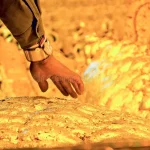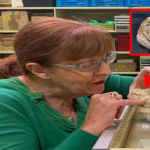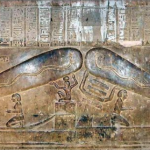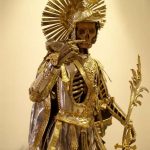Examining Funeral Customs: The Economic Effects of Professional Weeping in the Past

Grief is a universal human experience, and throughout history, cultures have developed rituals and practices to mourn the loss of loved ones. In antiquity, these mourning rituals often involved the participation of professional mourners whose role extended beyond emotional support to include financial implications for both the mourners themselves and the broader society.
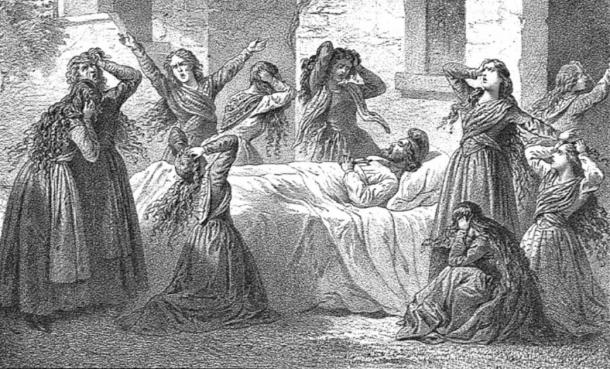
The practice of hiring professional mourners, also known as moirologists or keeners, dates back to ancient civilizations such as Mesopotamia, Egypt, Greece, and Rome. These mourners were skilled in the art of lamentation, using their voices and gestures to express grief and sorrow in a public setting. While their primary function was to facilitate the mourning process for the bereaved, their involvement also had economic repercussions.
In many ancient societies, the status and reputation of the deceased were closely linked to the extravagance of their funeral rites. Wealthy individuals and prominent members of society often spared no expense in hiring professional mourners to ensure a grand display of mourning. This expenditure on funeral rituals served not only as a testament to the deceased’s social standing but also as a means of signaling wealth and power within the community.
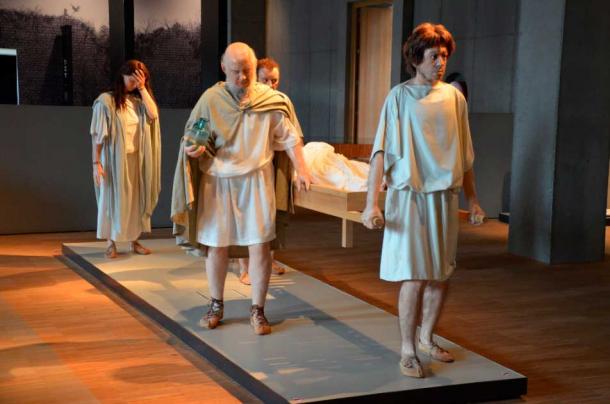
For the professional mourners themselves, participation in funeral rites offered both financial compensation and social recognition. In societies where mourning was a highly valued skill, mourners could command significant fees for their services, especially for high-profile funerals. Additionally, the role of a professional mourner conferred a certain degree of prestige and respect within the community, as they were entrusted with the important task of honoring the deceased.
However, the reliance on professional mourners also had broader economic implications for ancient societies. The commodification of mourning rituals meant that funeral expenses could escalate rapidly, placing financial strain on the families of the deceased. In some cases, individuals may have incurred significant debt or depleted their resources in order to finance elaborate funeral ceremonies, leading to economic instability for the bereaved.
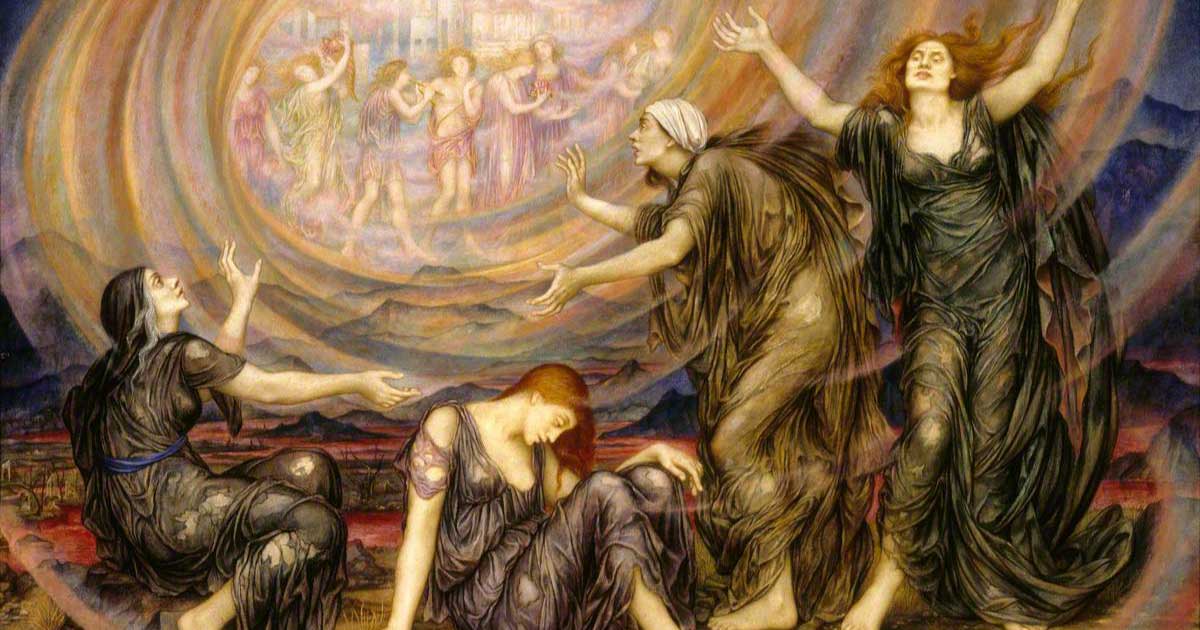
Furthermore, the prevalence of professional mourners contributed to the development of specialized industries associated with death and funerary practices. Artisans, such as sculptors, painters, and musicians, often found employment creating funerary monuments, sarcophagi, and other commemorative items. Likewise, merchants and traders profited from the sale of funeral goods and offerings, ranging from incense and flowers to burial shrouds and tomb decorations.
In conclusion, the investigation of grief rituals in antiquity reveals the intricate relationship between mourning practices and economic considerations. The involvement of professional mourners played a central role in shaping funeral customs and traditions, with financial implications for both individuals and society as a whole. By examining the economic ramifications of professional mourning, we gain insight into the complexities of ancient funerary practices and their broader societal impact.

